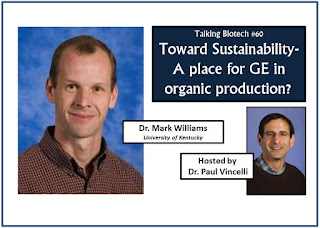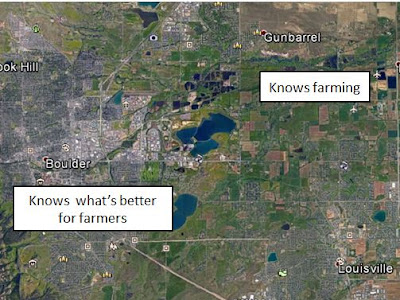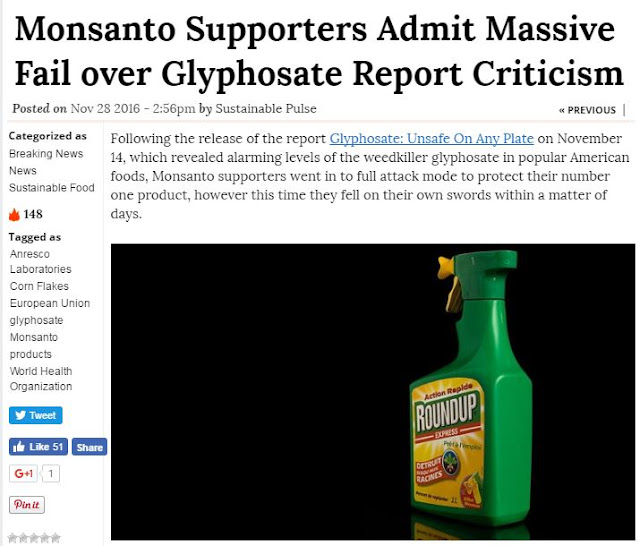GE Crops in Organic Production?

Dr. Mark Williams has extensive training in molecular biology. He also is interested in sustainable crop production, and leads training in organic production at University of Kentucky. In this interview he speaks about the intersection of these areas, touching on how what have been treated as disparate approaches really fit well together. Dr. Williams touches on gene editing, food labeling, environmental impact, and how education efforts need to focus on sustainable agriculture using the best tools going forward. Hosted by Dr. Paul Vincelli





